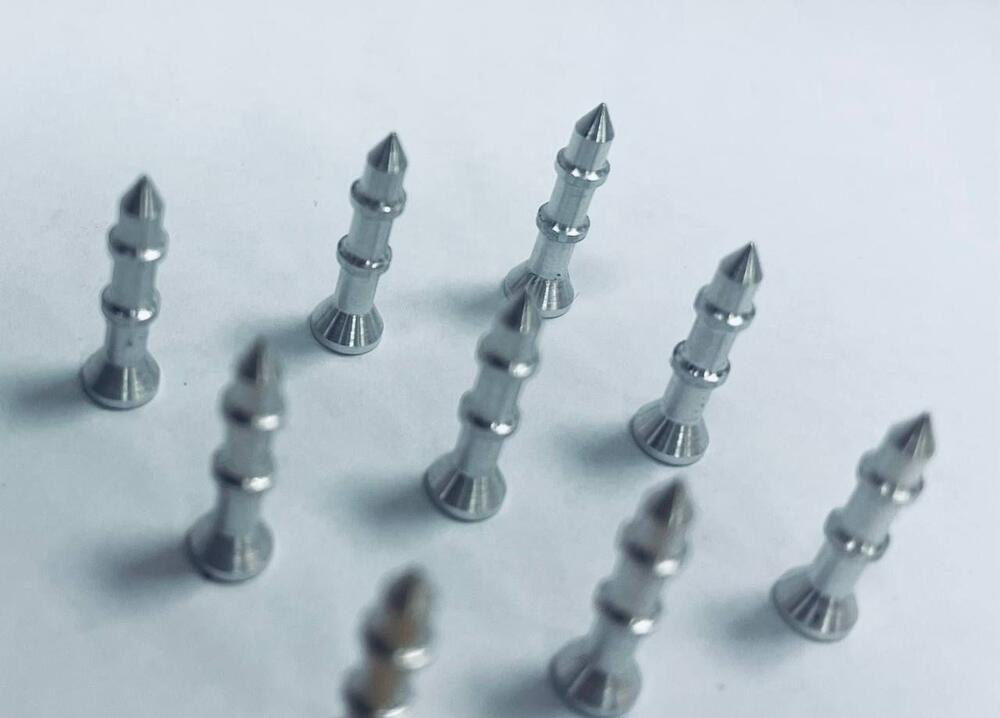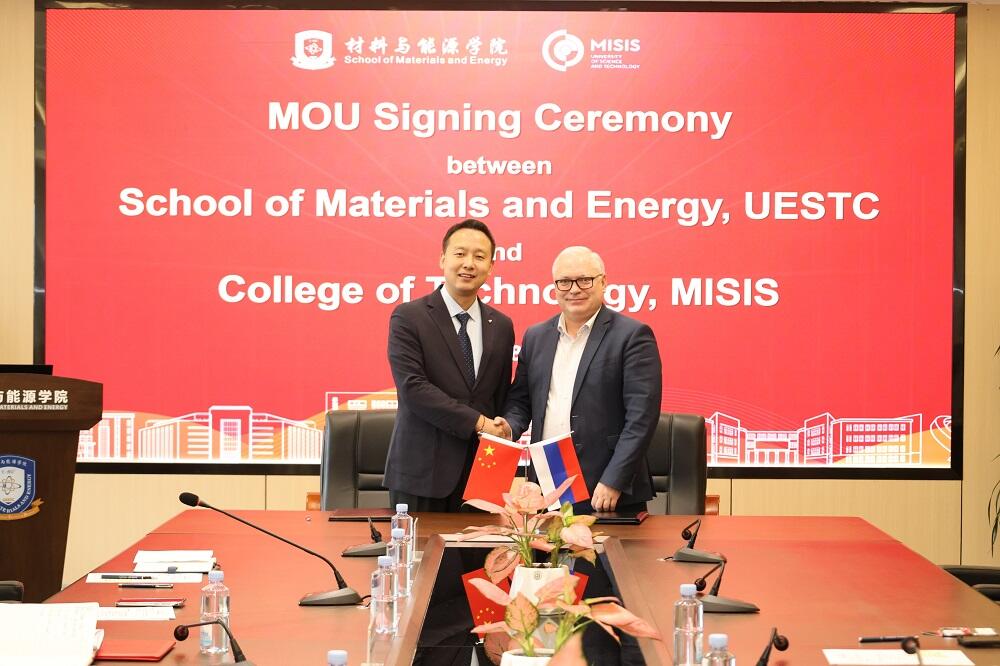Russian scientists have developed a new biodegradable iron-based alloy with promising applications in orthopedics, oncology, and veterinary medicine. By adding silicon and applying high pressure during processing, they managed to nearly double the alloy’s dissolution rate. With further implementation in medical practice, the material could fully dissolve in the body within

The development of bioresorbable — gradually degrading in the body — iron-based alloys for temporary medical implants is becoming increasingly relevant. These materials don’t need to be removed after the injury heals, which means patients can avoid additional operations and benefit from shorter recovery periods and reduced disability time. However, the number of non-toxic elements that can be added to medical alloys is very limited.
Researchers from the IMET RAS, NUST MISIS, N. N. Blokhin National Medical Research Center of Oncology, Lebedev Physical Institute, IOF RAS, Belgorod State University, and the Liaoning Academy of Materials investigated how silicon and high-pressure processing affect the microstructure and biodegradation of iron-manganese alloys. To achieve the desired structure, the samples were processed by high-pressure torsion — under pressure nearly 60,000 times atmospheric — with temperature variations during treatment.
Experiments revealed that under high pressure, silicon promoted martensitic transformation — a process in which all atoms shift simultaneously relative to each other by less than an interatomic distance. The resulting martensitic structure, induced by the addition of silicon, was found to double the degradation rate of the alloy samples. This means a medical implant made from this material could fully dissolve within
The researchers plan to scale up the development to create prototypes for clinical trials in animals and humans. The materials show great potential for use in orthopedics, maxillofacial surgery, oncology, and veterinary medicine.
The research was supported by a grant from the Russian Science Foundation.

